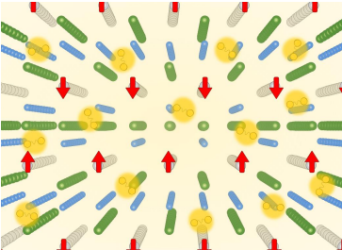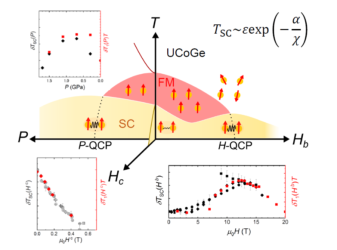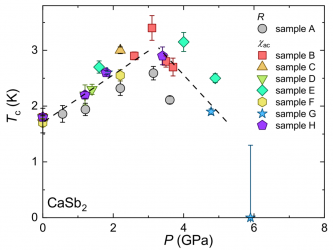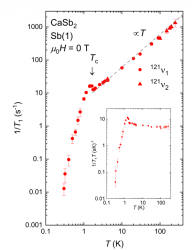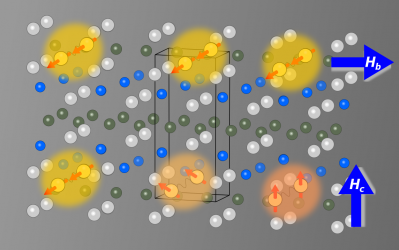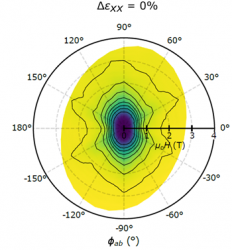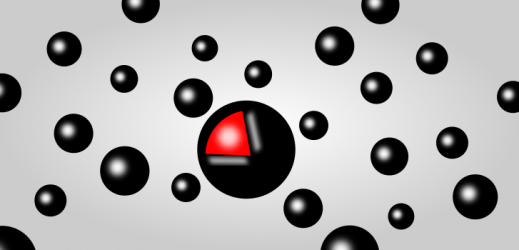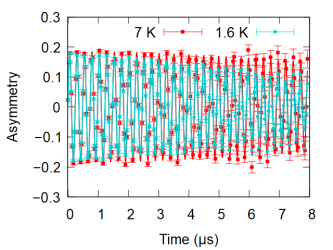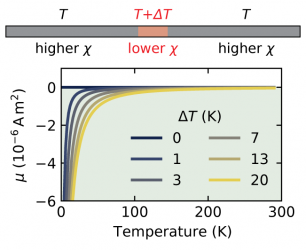Spatial inversion symmetry in crystal structures is closely related to the superconducting (SC) and magnetic properties of materials. Recently, several theoretical proposals that predict various interesting phenomena caused by the breaking of the local inversion symmetry have been presented. However, experimental validation has not yet progressed owing to the lack of model materials. Here we […]
![]()
